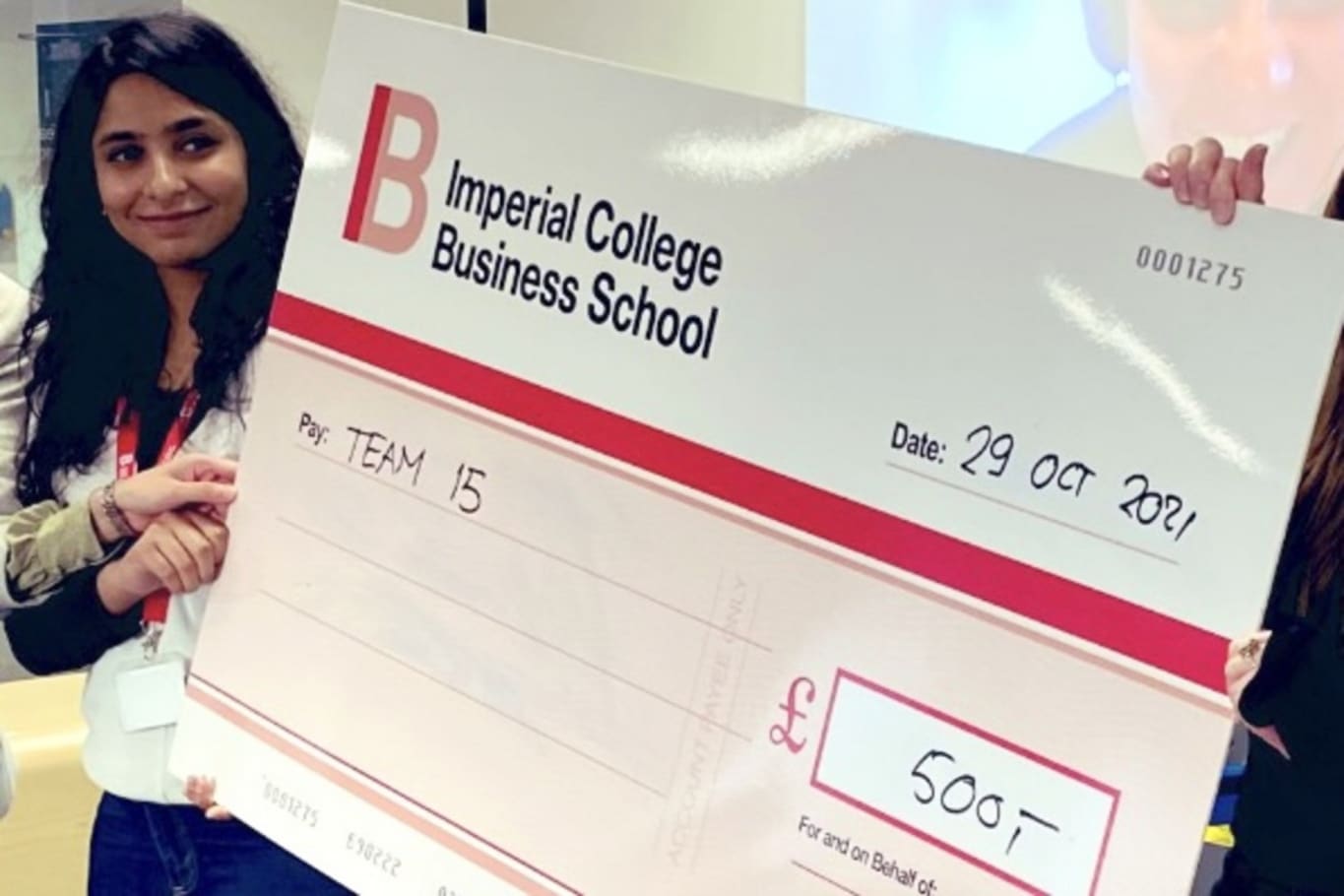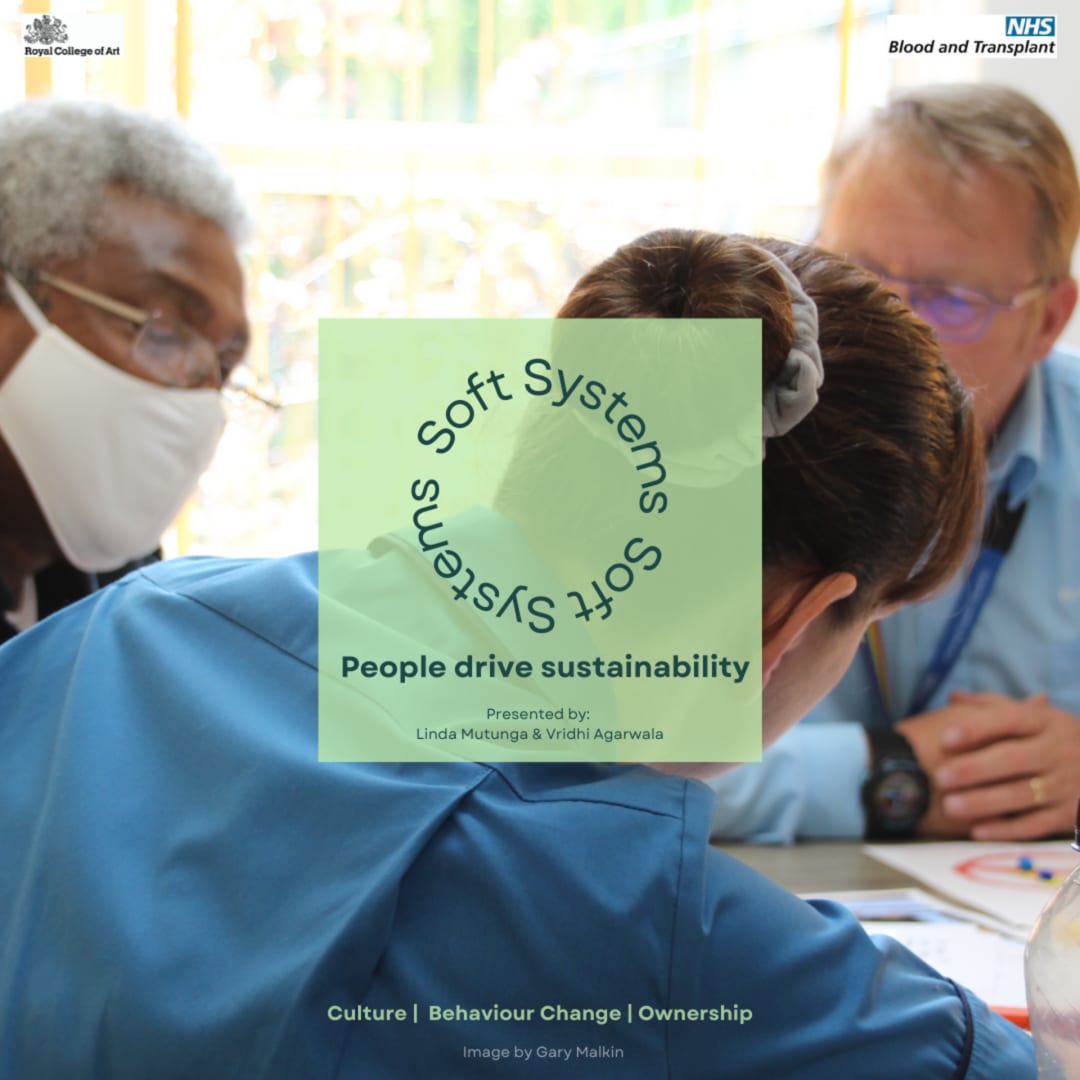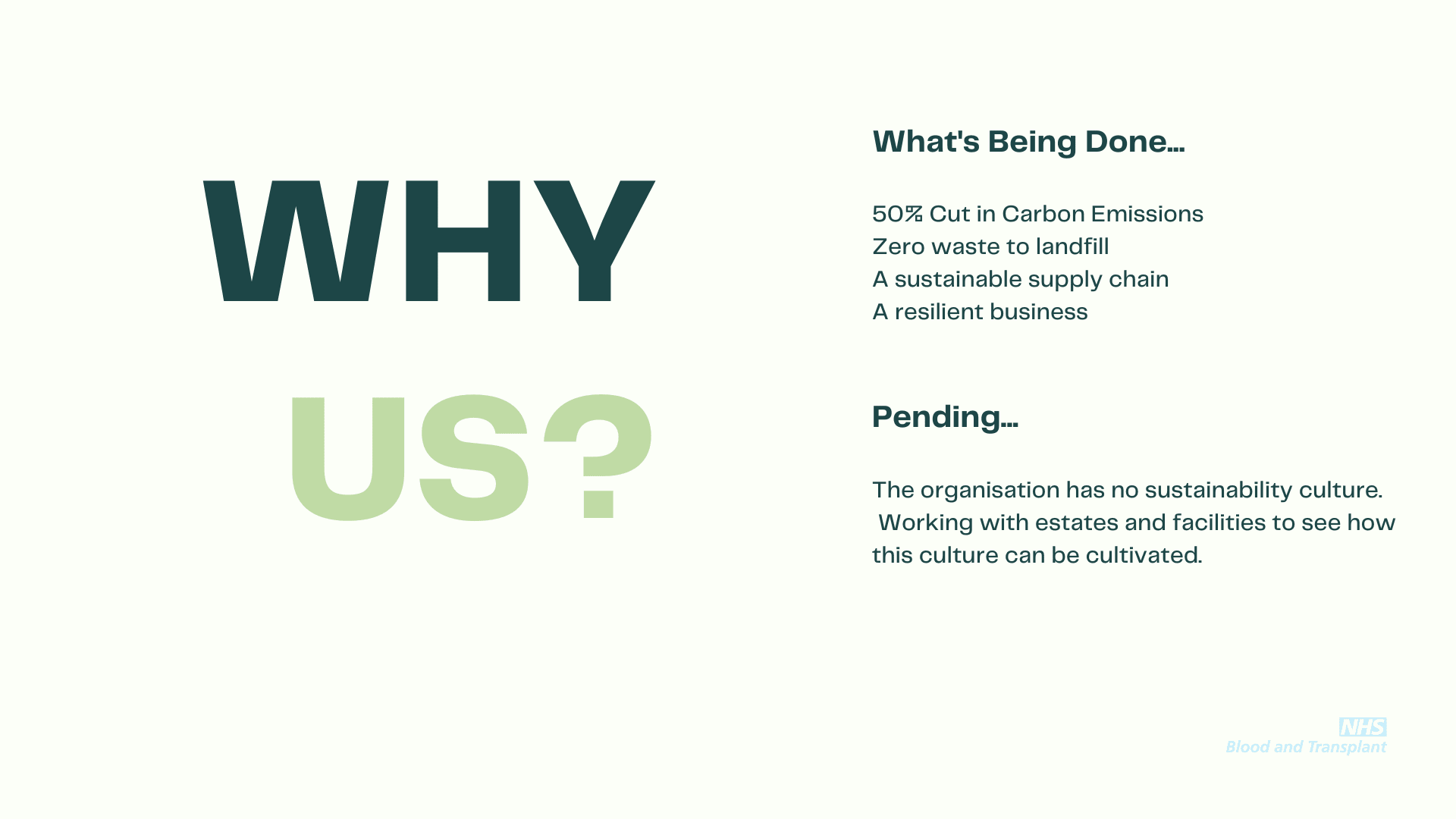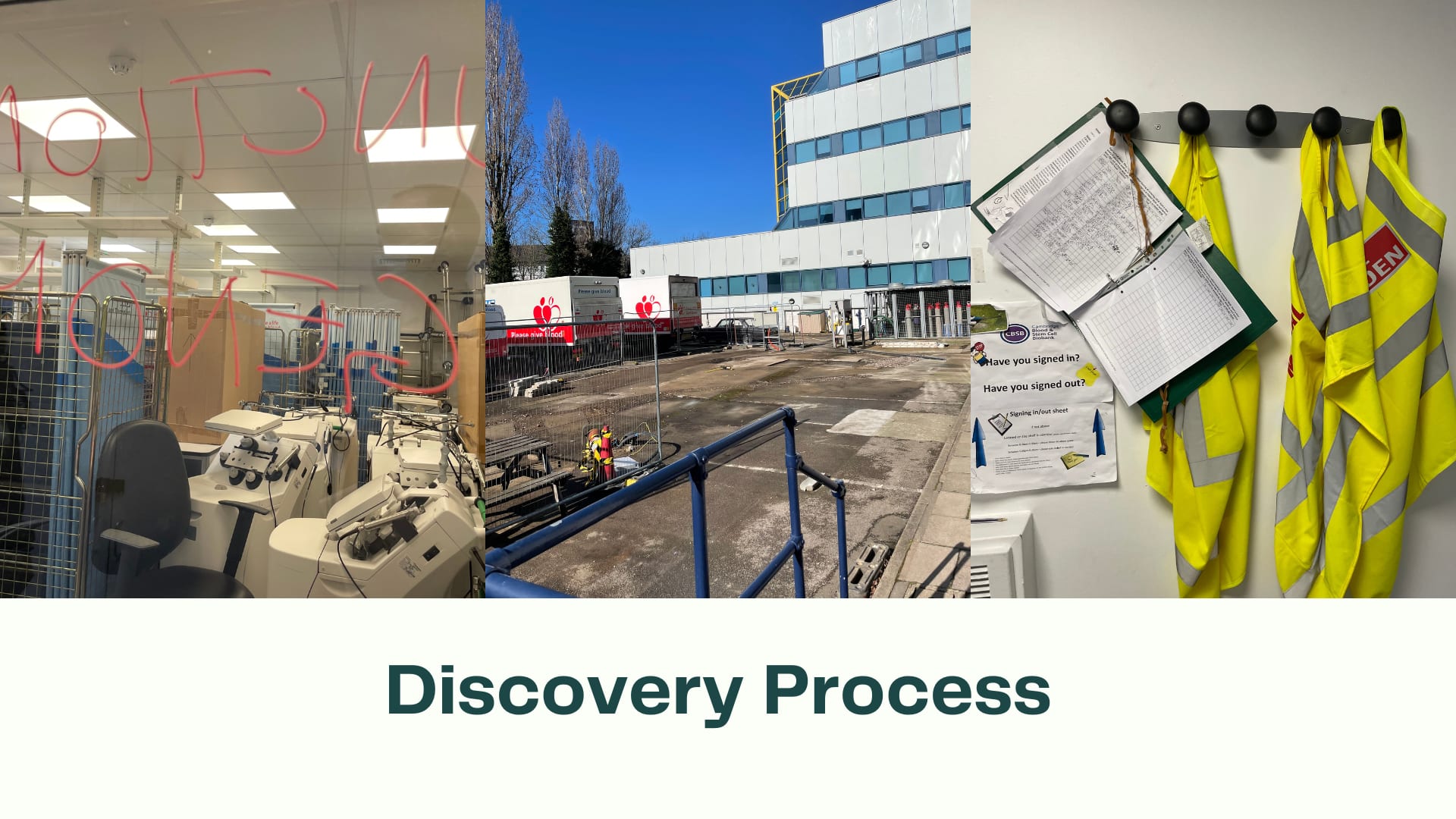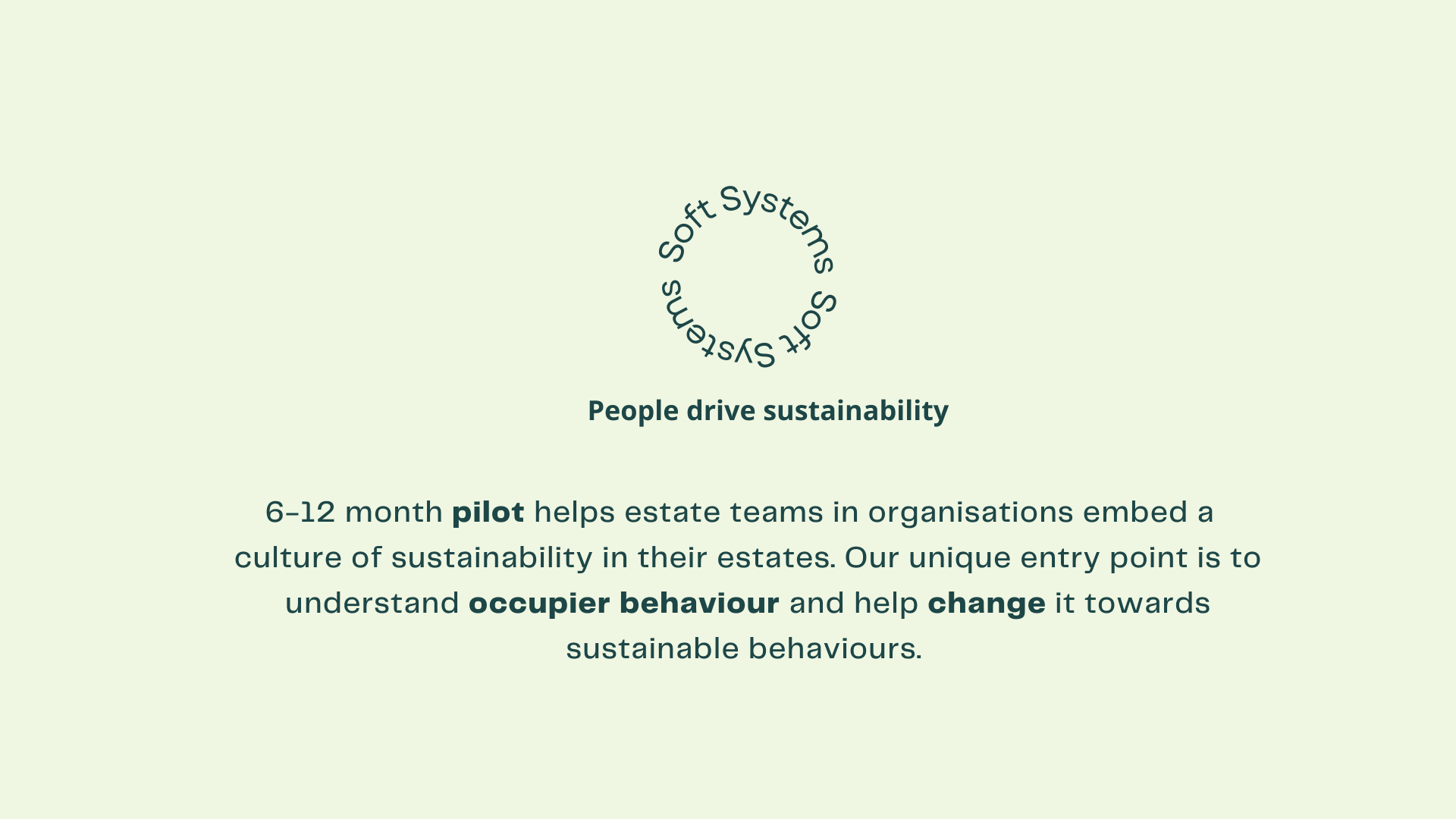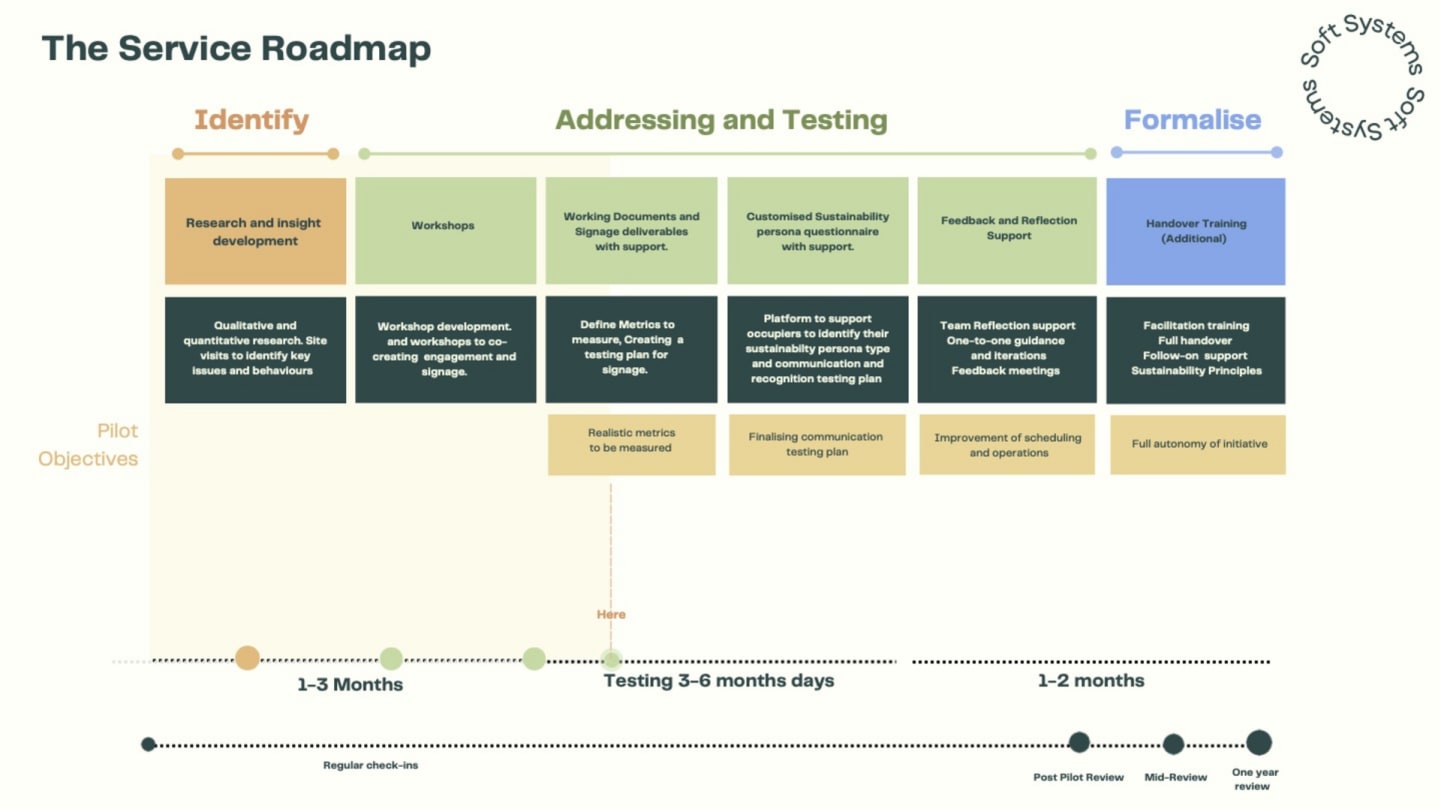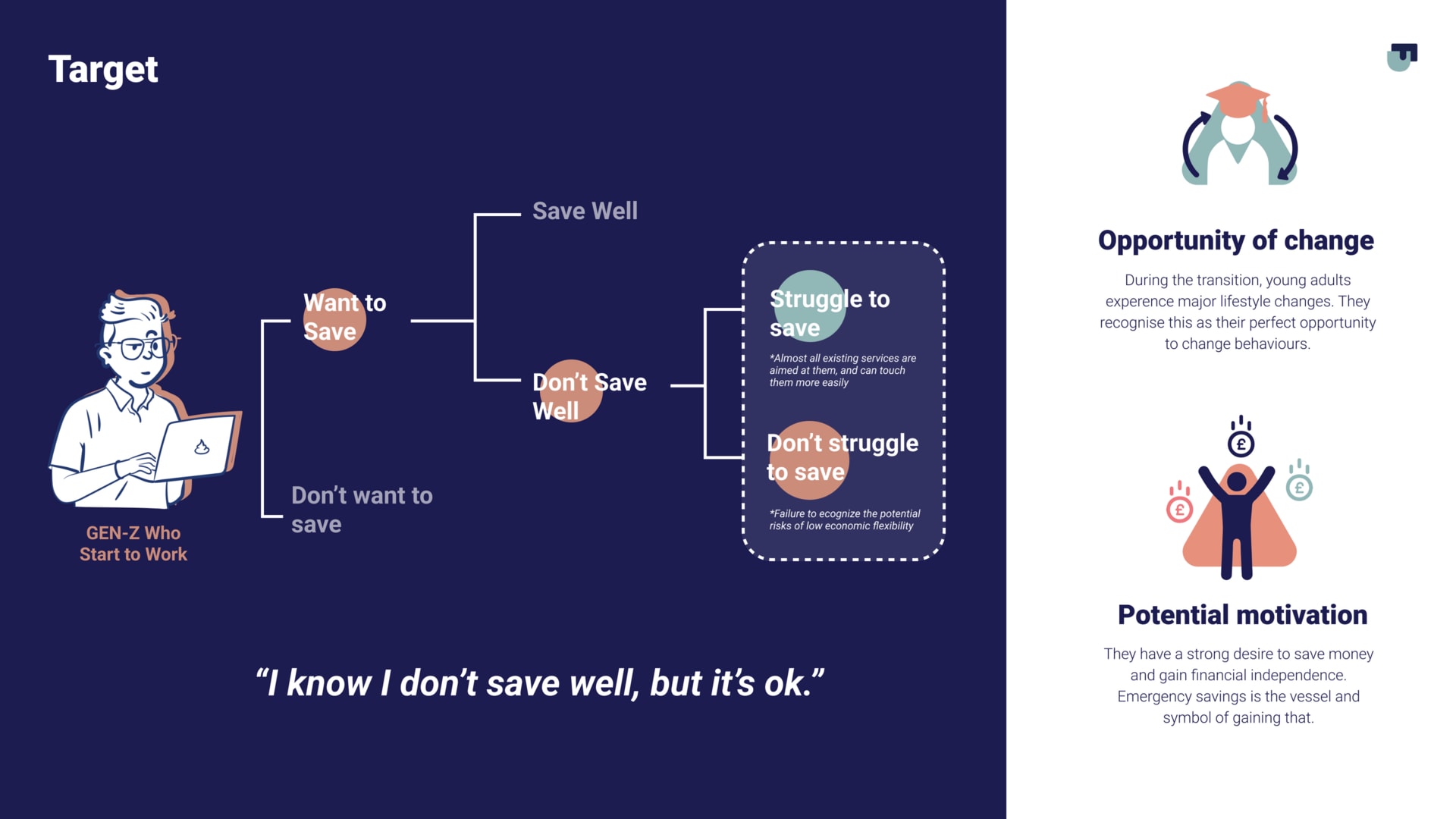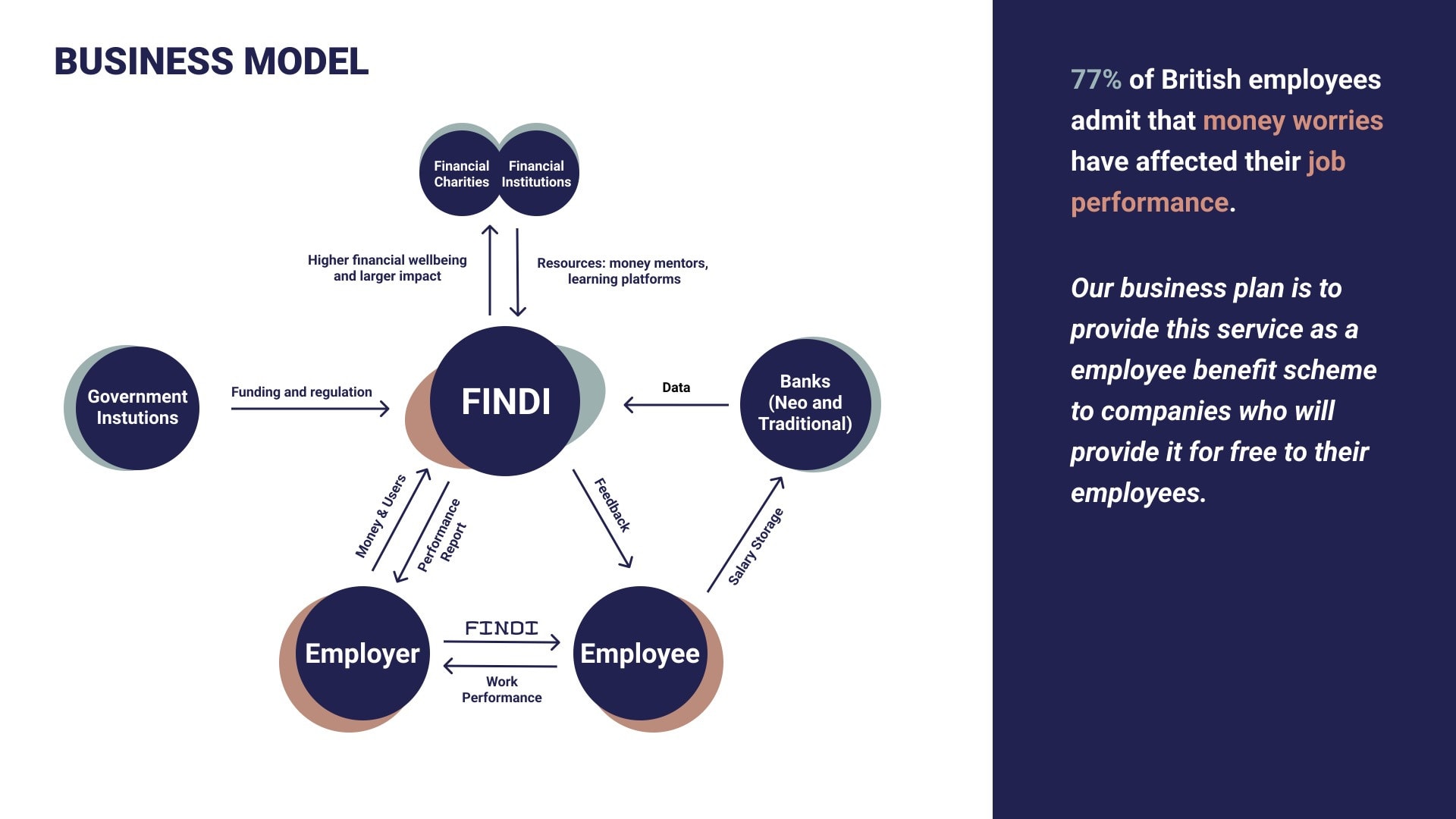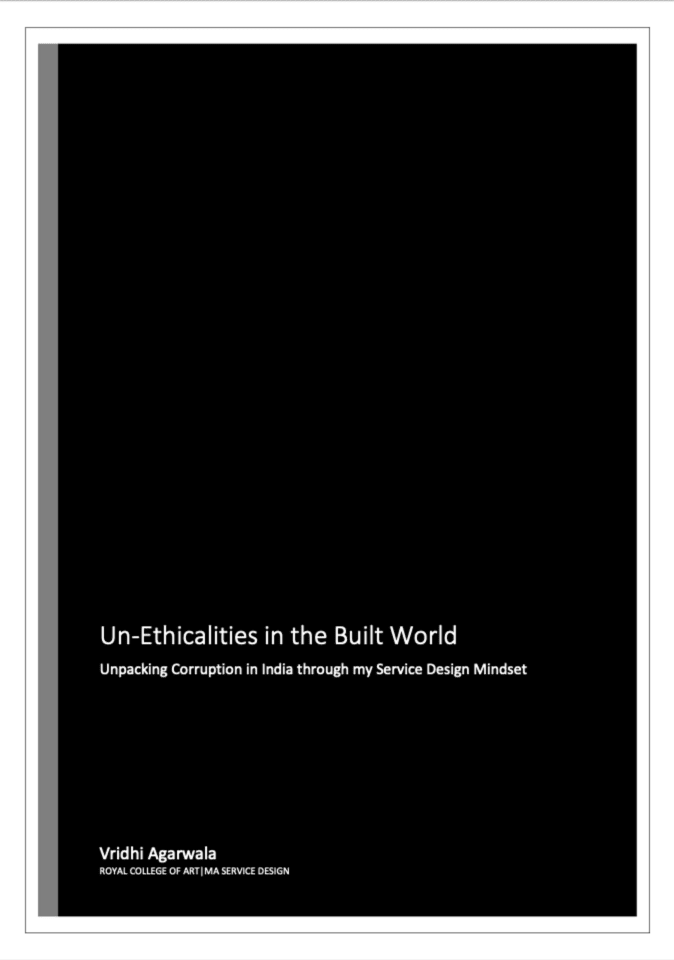An ‘Interdisciplinary problem solver’. Vridhi is an Indian Service and Business Designer based in London. She’s passionate about transforming how organisations operate and innovate using behaviour and systems change through a research informed approach. Although she can be a pivotal asset in each step of the design process, her interests and skills stand out the most within the define and delivery phases.
Prior to her postgraduate studies, she obtained a Bachelor in Business Administration with a major in Finance. Her passion then made her explore the world of construction with a Postgraduate Diploma in Interior Design, where she discovered design thinking. Being a ‘curious problem solver’, she noticed the systemic gaps and issues in the construction industry which bought her to RCA’s service design program.
Her curiosity led to her dissertation on ‘systematizing corruption in Indian construction industry’ which was awarded with a distinction. Using a service design mindset, she explored the question of how corruption could be limited amongst young professionals in the industry and identified gaps for intervention. She then took some of this understanding forward to design experiments that could change relationships between a few stakeholders in the industry, helping them better understand each other via redesigned conversations. These were launched as ‘The Snug Experiment’ at London Design Festival in 2021.
